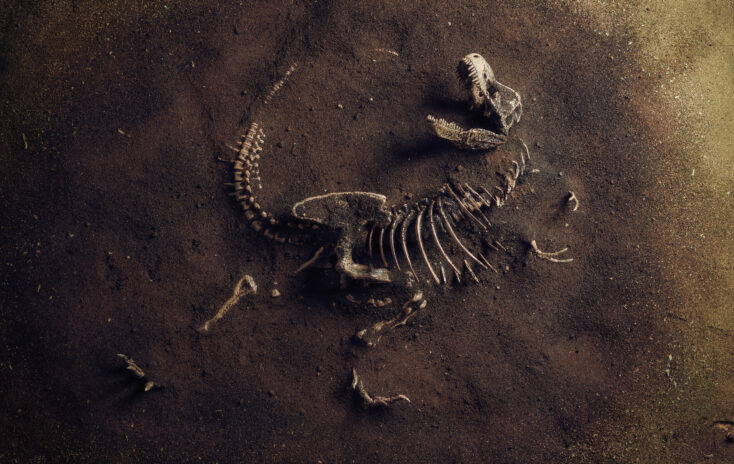Genetics Discovery in Snakes Adds Legs to the Case for Creation
Cursed are you above all livestock and all wild animals! You will crawl on your belly and you will eat dust all the days of your life.
The serpent caused Adam and Eve a lot of problems in the Garden of Eden. Snakes continue to create difficulties today, especially for creationists and intelligent design proponents. However recent work by geneticists from the University of Georgia illustrates that this need not be the case.1
These investigators found that snakes possess some of the genetic machinery needed to make limbs. Specifically, the researchers identified enhancer sequences (which control gene expression) identical to the ones that cause limb development and growth in lizards. Many people point to this type of discovery as compelling evidence for biological evolution.
Many scientists presume that snakes evolved from lizards during the Cretaceous period. Accordingly, the evolutionary ancestors of modern-day snakes lost their front and hind limbs because of disuse. The anatomy of pythons and boa constrictors provides further support for this evolutionary scenario. These snakes—which are two of the most primitive modern-day snakes—possess reduced-hind limbs. Evolutionary biologists view these limbs as vestigial structures—anatomical remnants left behind by the evolutionary process.2 Snakes that are more modern than pythons and boas completely lack hind limbs.
In light of these anatomical comparisons, evolutionary biologists interpret the recent discovery in snake genomes as genetic vestiges of an evolutionary history—molecular fossils that corroborate the evolutionary story told by snake and lizard anatomy. Presumably, these sequences once played a role in developing the limbs of the lizard ancestor of snakes, but now the sequences are only present in modern-day snakes as discarded genetic sequences, no longer useful for limb development.
But what if these enhancer sequences are functional?
If they have utility, then it opens up the possibility of interpreting it as a shared designfeature between snakes and lizards. In this scenario, the Creator deployed the same genetic structures in reptile genomes to carry out related functional activities.
As it turns out, the University of Georgia scientists determined that the limb enhancers in the snake genome play a critical role in the development of the phallus. From a creation model perspective, this discovery explains why these enhancer sequences are in the snake genomes. In other words, these enhancer sequences have a broader range of function than previously thought. Even though they are no longer used for limb development, they still have a functional role by regulating gene expression needed for phallus formation.
Because of their commitment to the evolutionary paradigm, many biologists immediately conclude that DNA sequence elements must be junk if they haven’t been assigned a function. But our understanding of genome structure and function is in its infancy; thus, it is premature to draw these types of conclusions. As I detail in the expanded and updated edition of Who Was Adam?, over the last decade, we have discovered that virtually every class of so-called junk DNA displays function. These discoveries, and others (such as the insights provided by the University of Georgia researchers) provide reasons to view genomes as the Creator’s handiwork.
Shared DNA sequences don’t have to be interpreted as evidence for common descent. They can be taken as evidence for common design.
Endnotes
- Carlos R. Infante et al., “Shared Enhancer Activity in the Limbs and Phallus and Functional Divergence of a Limb-Genital cis-Regulatory Element in Snakes,” Developmental Cell 35 (October 2015): 107–119, doi:10.1016/j.devcel.2015.09.003.
- Snakes use their hind limbs—called anal spurs—to grasp during mating. So, in that sense, these structures are functional and could be viewed as an archetypical design deployed by the Creator.





